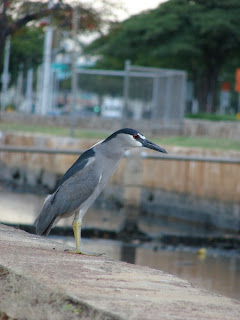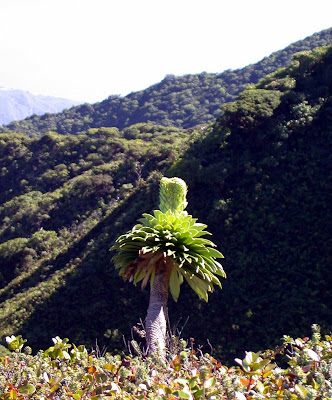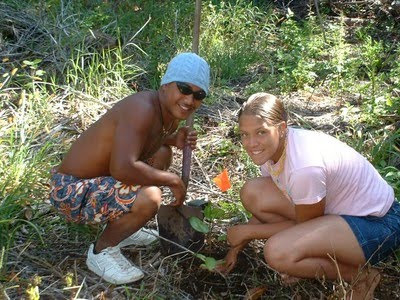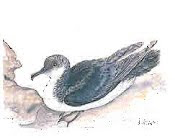English Name: Black-Crowned Night Heron
Hawaiian Name: 'Auku'u
Scientific Name: Nycticorax nycticorax
Hawaiian Name: 'Auku'u
Scientific Name: Nycticorax nycticorax
The Black-crowned Night Heron is native and indigenous to Hawai'i, meaning that it is also found elsewhere in the world.
This bird is easily recognized it by it's size (at a length of 22-26 inches, it's fairly big) as well as by it's posture and location. They are often seen hunched down on the edge of a water source looking for prey.
'Auku'u looking for prey in the Ala wai canal.
Photo: Forest & Kim Starr
Photo: Forest & Kim Starr
Those who live near town in Honolulu can see them often along the Ala wai canal near Ala Moana beach park. These herons leave feeding areas near dusk to fly back to nest colonies high in trees. Sometimes, several nests can occupy a single tree.
'Auku'u in the Ala wai at dusk.
Photo: C. Tucker
Photo: C. Tucker
Visit the Cornell Lab of Ornithology's "All About Birds" page to hear a recording of the harsh squawk made by the Black-Crowned Night Heron. While you're there, check out the profiles for other Hawaiian birds!




















